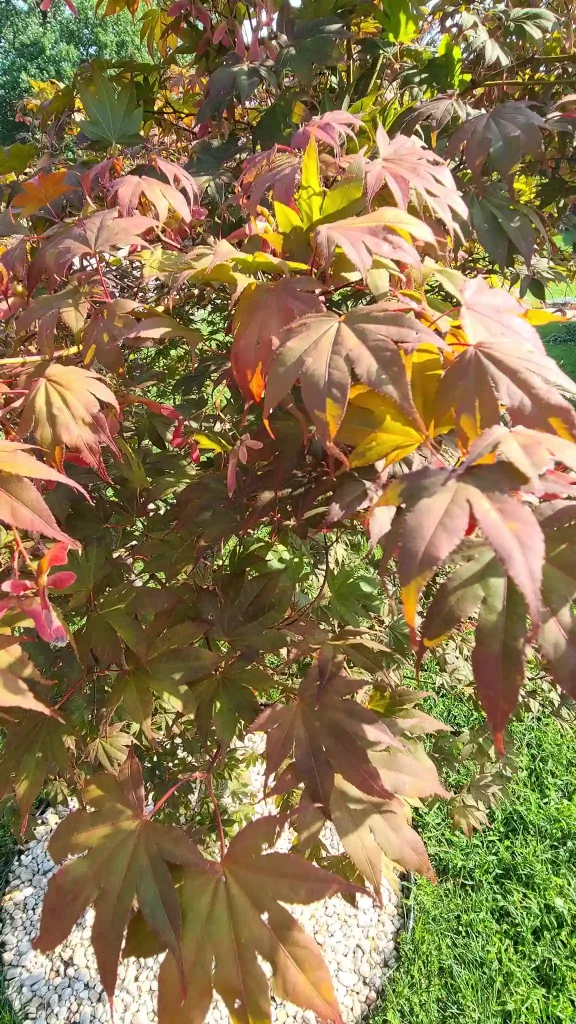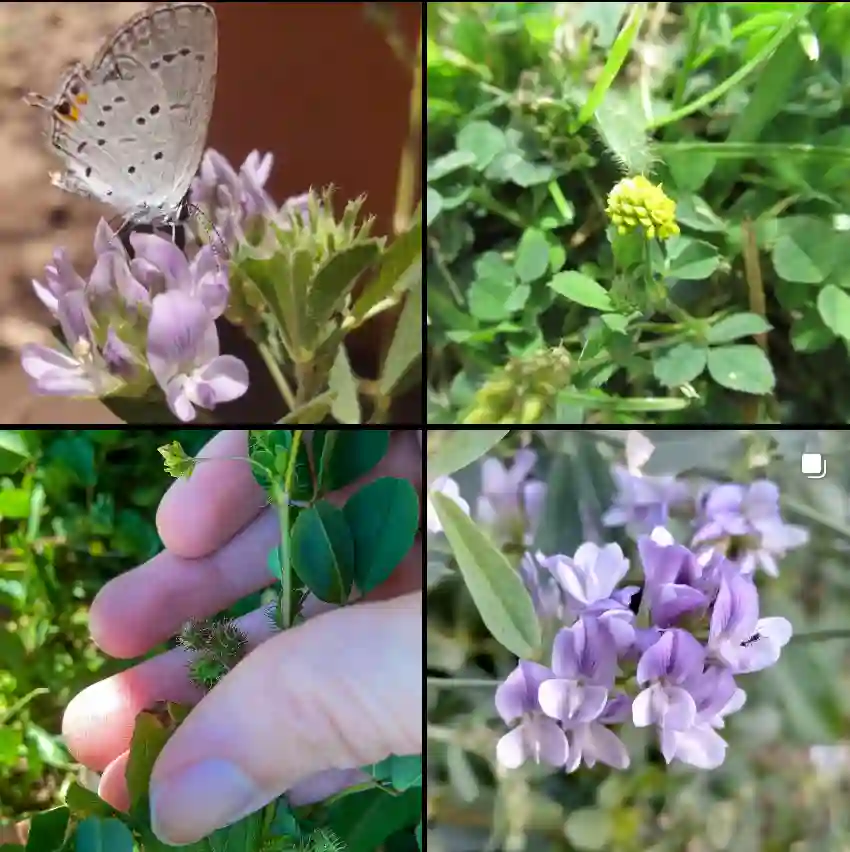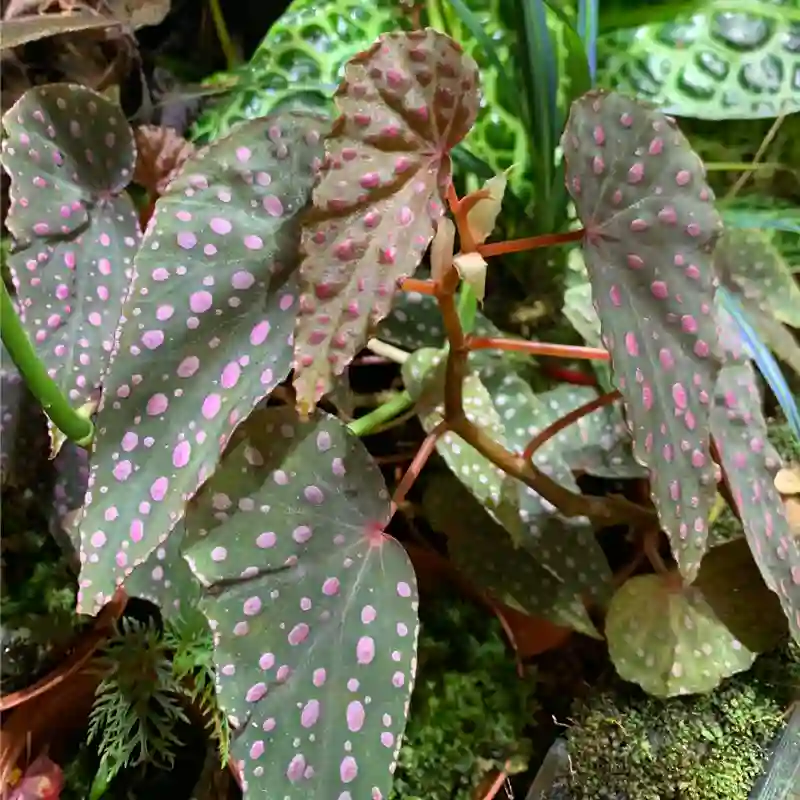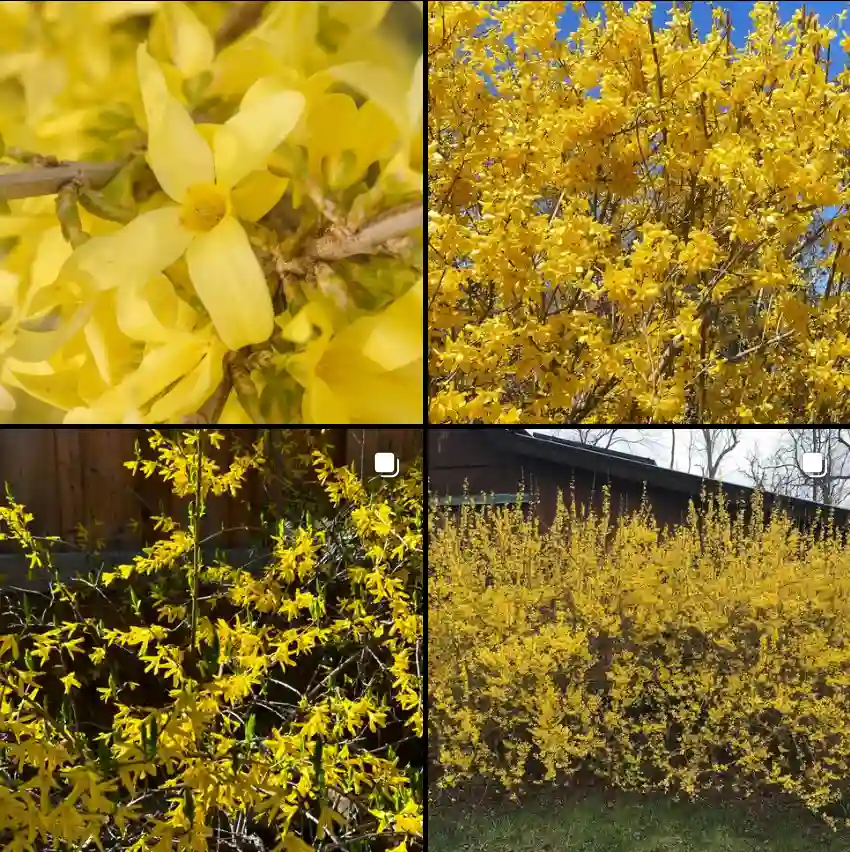Mahonia Japonica vs Mahonia Aquifolium
When I compared Mahonia Japonica and Mahonia Aquifolium, I found that Japonica’s bright yellow flowers in winter really stood out in my garden, adding a splash of color when everything else was dull. In contrast, Aquifolium’s shiny leaves and blue berries provided year-round interest and were a hit with the local birds. Japonica’s slightly taller and more upright growth habit gave it a more dramatic presence, while Aquifolium’s lower, spreading form made it perfect for ground cover in shaded areas. The fragrance of Japonica’s flowers was a pleasant surprise each winter, a bit like a hidden gem. On the other hand, Aquifolium’s toughness and ability to thrive with minimal care made it a dependable choice for me, especially in less ideal conditions.
Plant Family: 13 Genera in Berberidaceae
How to care for Mahonia japonica?
Here’s a guide on how to care for Mahonia japonica, also known as Japanese Mahonia:
Light:
- Adaptable to Light Conditions: Mahonia japonica is fairly adaptable to light conditions. It can thrive in full sun, partial shade, or even full shade, although flowering might be less abundant in low-light situations.
- Ideal Scenario: Aim for at least 4-6 hours of direct sunlight daily for optimal growth and best flower production.
Watering:
- Moderate Watering Needs: Mahonia japonica is fairly drought tolerant once established. Water regularly, especially during the first year after planting, to keep the soil consistently moist but not soggy.
- Established plants can benefit from occasional watering during hot and dry periods.
- Signs of Thirst: Wilting leaves are a sign that your plant needs water.
Soil:
- Well-Drained is Crucial: Mahonia japonica prefers well-draining soil. Poor drainage can lead to root rot.
- Adaptable Soil Types: It can tolerate a wide range of soil types, including sandy, loamy, and clay soils, as long as drainage is adequate.
- Amending Soil: If your soil is heavy clay, amend it with compost or other organic matter to improve drainage.
Fertilizing:
- Not Heavy Feeders: Mahonia japonica is not a heavy feeder. A single application of a slow-release balanced fertilizer in early spring is sufficient. Avoid over-fertilizing.
Mulching:
- Beneficial for Moisture Retention: Applying a layer of mulch (2-3 inches thick) around the base of the plant can be beneficial.
- Mulch helps retain moisture in the soil, regulate soil temperature, and suppress weeds. Keep mulch a few inches away from the stems to prevent rot.
Pests and Diseases:
- Generally Resistant: Mahonia japonica is generally resistant to pests and diseases. However, watch for common problems like powdery mildew or rust.
- Prevention Tips: To prevent fungal diseases, ensure good air circulation around the plant and avoid overwatering. You can use fungicide if necessary.
Additional Tips:
- Mahonia japonica is a slow-growing shrub, typically reaching a mature height of 3-6 feet.
- It can be a good choice for borders, foundation plantings, or woodland gardens.
- The spiky holly-like leaves can provide winter interest in your garden.
- Mahonia japonica produces clusters of yellow flowers in late spring, followed by dark blue berries in fall. The berries are attractive to birds but may cause some staining if they fall on surfaces.
When is the best time to prune Mahonia japonica?
The best time to prune Mahonia japonica, from my experience, is in late winter or early spring, just before the new growth starts. I’ve found that this timing helps the plant recover quickly and promotes healthy new shoots. I remember pruning it a bit too late one year, and it didn’t bounce back as robustly as when I did it earlier. The key is to catch it just as it’s gearing up for its growing season.
How to prune Mahonia japonica?
When I prune my Mahonia japonica, I focus on removing any dead or damaged branches first. I also thin out some of the older stems to encourage new growth, which helps keep the plant looking lush and healthy. I’ve learned to make my cuts just above a set of healthy leaves or buds to ensure that the new growth comes in strong. It’s also important to step back and look at the overall shape of the plant to avoid over-pruning.
How to propagate Mahonia japonica?
Propagating Mahonia japonica is something I’ve had success with by using semi-ripe cuttings. I usually take these cuttings in late summer, selecting healthy, non-flowering shoots. After cutting, I dip the ends in rooting hormone and plant them in a well-draining mix. Keeping them moist and providing some bottom heat has helped with root development. It’s a bit of a waiting game, but seeing those roots finally form is so rewarding.
Is Mahonia japonica poisonous?
Yes, Mahonia japonica is indeed poisonous. I was cautious when I first planted it in my garden because I have pets and young children. The berries and leaves contain compounds that can cause discomfort if ingested. It hasn’t been a major issue for me, though, as the plant’s prickly leaves tend to keep curious hands and paws at bay. Still, it’s something I always keep in mind.
When to plant Mahonia japonica?
I’ve found that the best time to plant Mahonia japonica is in the fall or early spring. Planting in the fall gives the roots time to establish before the winter, and spring planting means the plant can take advantage of the entire growing season to settle in. I once planted a Mahonia in the heat of summer, and it struggled quite a bit compared to the ones I’ve planted during the cooler months.
Where to plant Mahonia japonica?
Finding the right spot for Mahonia japonica in my garden involved choosing a location with partial shade and well-draining soil. I’ve planted mine in an area that gets some morning sun but is protected from the harsh afternoon rays. This positioning seems to keep the foliage vibrant and prevents the plant from getting too stressed. It also helps to place it somewhere it can spread out a bit, as it does grow fairly large.
If i die, water my plants!



